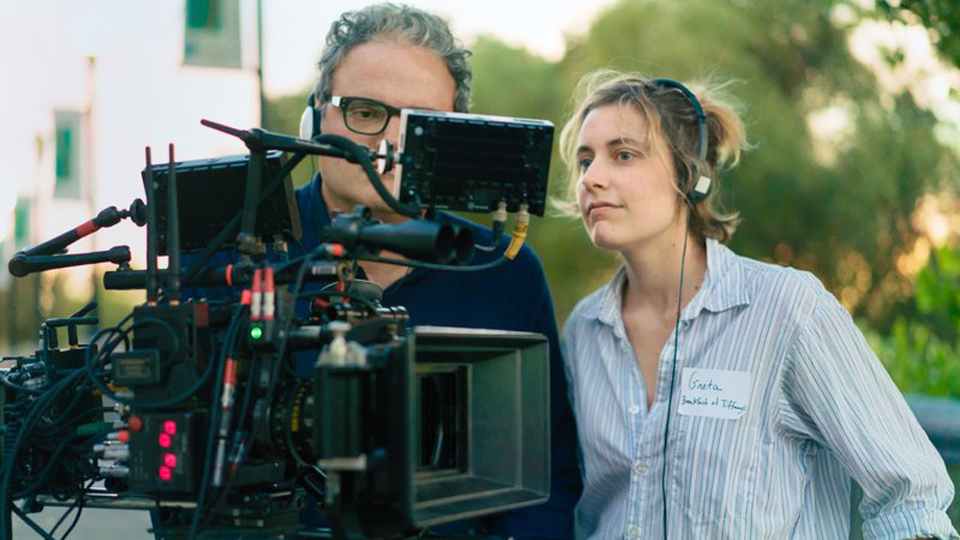Examining the Lack of Opportunities for Female Filmmakers in Major Studios
According to two new university studies, despite the historic success of Greta Gerwig’s “Barbie” in Hollywood, the position of Female Filmmakers in film production is still weak.
While Warner Bros.’ distributed “Barbie” made history as the highest-grossing film ever directed by a woman, the 26th Annual Celluloid Ceiling Report from San Diego State University and the USC Annenberg Inclusion Initiative’s Director’s Chair study in 2023 found that women film producers, especially those of color, are rarely employed by major studios.
The Celluloid Ceiling study notes, “While Greta Gerwig’s ‘Barbie’ claimed the top spot at the box office as the number one film, women received disproportionately less representation as directors in the dramatic category.” Only 16% and 14% worked among those involved in the top-earning 250 films. This dispels the misconception as Gerwig’s well-deserved triumph effectively debunked the prevailing gender inequality in the mainstream film industry.”
According to the Celluloid Ceiling report, among the directors, writers, producers, executive producers, editors, and cinematographers working in the top 250 grossing films, 22% were women. This indicates a slight decrease from 2022, with a 2% decline.
The lack of female filmmakers also highlights gender imbalance: in the top 75 highest-grossing films, 10 or more men were appointed as directors, writers, producers, executive producers, editors, and cinematographers in 75% of cases, while only 4% provided employment for 10 or more women.
On the flip side, films directed by at least one woman have notably provided more employment opportunities for women in other key behind-the-scenes roles compared to films directed by men. In films directed by at least one woman, 61% of the writers, 35% of the editors, 10% of the cinematographers, and 26% of the composers were women. In contrast, films directed by men had 9% women writers, 18% women editors, 7% women cinematographers, and 11% women composers.
In contrast, films directed by at least one woman have significantly provided more job opportunities for women in other major roles behind the scenes compared to films directed by men. In movies helmed by at least one woman, 61% of the writers, 35% of the editors, 10% of the cinematographers, and 26% of the composers were women. On the other hand, films directed by men featured 9% women writers, 18% women editors, 7% women cinematographers, and 11% women composers.
The study found that women filmmakers with less racial representation consistently earn higher metacritic scores, but they are given the least amount of work.
Looking at specific distribution studios, Universal Pictures has shown the strongest performance in hiring women film producers to work with women directors over the past 17 years, with four instances. Following closely are Lionsgate (3) and Walt Disney Studios (2).
The study states, “It’s becoming challenging for major distributors to wave the green flag for films that include women and diverse individuals as directors.” This report presents a stark contrast for those celebrating a year of change in Hollywood with ‘Barbie’ staying on top at the box office. One film or one director alone isn’t enough for the sweeping change that is still needed behind the camera. Until studios, executives, and producers change their decision-making process about who is qualified and available to direct in the highest-grossing films, there’s no reason to believe in optimism.
Recently, Oscar winner Kate Blanchett collaborated with the USC Annenberg Inclusion Initiative and Netflix to launch the Proof of Concept initiative, offering $50,000 as “evidence of concepts” to support short films by female, trans, or non-binary film producers for feature or TV series. Dirty Films, Blanchett’s production company, is involved in this initiative along with Amy Pascal, an Emmy-nominated producer, and Dr. Stacy L. Smith, the founder and director of the USC Annenberg Inclusion Initiative.
The 16 Best Films of 2024 We’ve Already Seen
More From thenewsbuzzfeed
